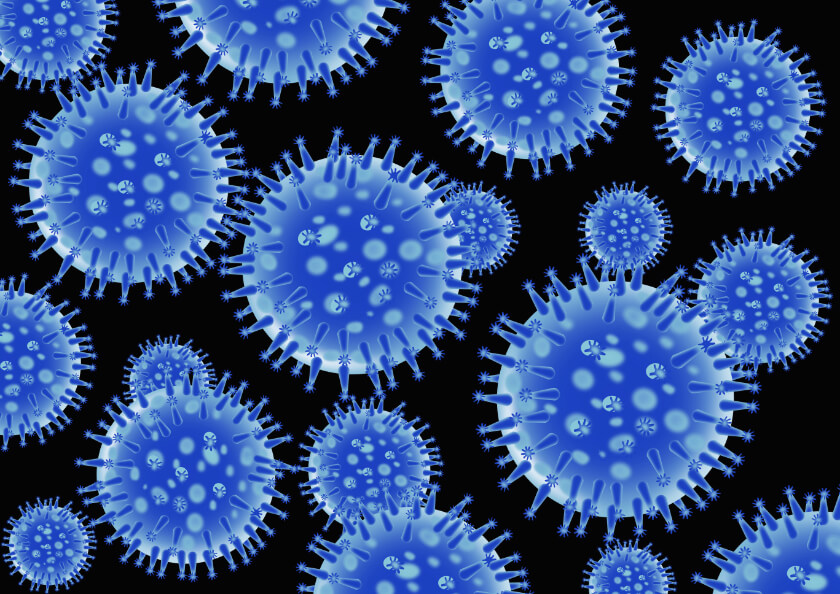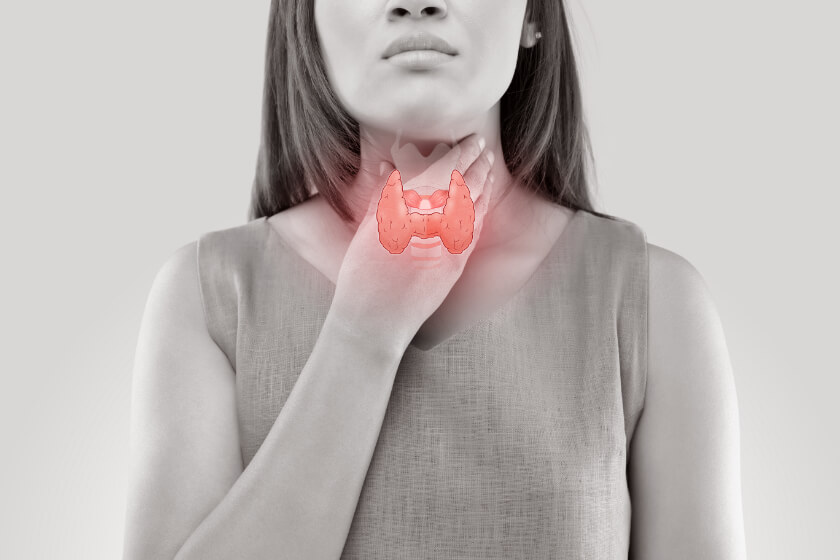
The Role of Radiology in the Coronavirus

Infections with the novel coronavirus began in Wuhan, China, at the end of 2019. Other countries began reporting infections soon afterwards.
By February 10, 2020, novel coronavirus (2019-nCoV) had infected more than 40,000 people and taken the lives of more than 900, according to the World Health Organization (WHO). While the risks of infection from the coronavirus are much higher in China, doctors in the United States are preparing to see patients with the infectious disease. Physicians in the U.S. use a multi-pronged approach to diagnosing and treating the coronavirus, and radiology will play a role.
About Novel Coronavirus
Novel coronavirus, also known as Wuhan coronavirus, is a respiratory illness that affects a person’s ability to breath. Coronavirus resembles a viral pneumonia, in that it manifests itself as fever, cough and shortness of breath.
Like pneumonia, coronavirus can affect the lungs to prevent the lungs from drawing in air. These respiratory illnesses can also reduce the amount of oxygen moving from the lungs into the blood vessels. Minor cases of coronavirus, pneumonia and other respiratory illnesses can affect only one or two sections of the lungs, known as lobes. In more severe cases, these illnesses can affect two or more lobes of one or both lungs.
There are several types of coronavirus. Other types of coronavirus include Severe Acute Respiratory Syndrome Coronavirus (SARS-CoV), which researchers first identified in 2002, and Middle East Respiratory Syndrome (MERS-CoV) identified in 2012. Medical professionals refer to the most recently identified type of coronavirus as “novel coronavirus” because it is new; researchers are still working to establish exactly how the virus moves from person-to-person and to understand its effects once inside the human body.
Using Radiology to Diagnose Coronavirus
Even though the coronavirus is new, doctors use a variety of established, tried-and-true tests and tools to diagnose infection with the virus. They take a detailed history to determine if the patient had been in China recently or had been in close contact with someone who had recently traveled to China, for example, and they take blood tests that help them spot signs of infection.
Doctors also perform radiology tests, such as CT scans, to evaluate the patient’s lungs. The use of CT lung scans is common – clinicians use them to diagnose a number of problems, including cancer. Radiologists can diagnose lung problems by looking for specific characteristics in CT scan images. These characteristics can vary widely according to the specific lung disease.
Because the novel coronavirus is new, doctors are still learning about it. To discover how the virus affects the lungs, and to identify and characterize the most common findings occurring with this infectious disease, radiologists are looking at and comparing CT scan images of previous 2019-nCoV patients. This information will help them determine whether a patient has novel coronavirus or another respiratory illness sooner. It can also help doctors evaluate whether the patient’s condition is getting worse.
In a study published on February 6, 2020, researchers described the chest CT findings of 51 patients known to have 2019-nCoV. The CT scans showed that most of the patients – 77 percent – had what radiologists call “ground glass opacities.” Ground glass opacity (GGO) is a hazy area on the CT image that, as its name suggests, looks like ground glass. GGOs indicate that a mass of cells and fluid have seeped into the lung’s air spaces. The cells and fluid prevent the lungs from filling with air, which makes it hard to breathe.
Ground glass opacity can also indicate thickening of the support tissue within the lungs, a condition known as interstitial thickening. This condition usually occurs when an injury to the lungs triggers an abnormal healing response that causes scarring and thickening of the tissues surrounding the air sacs. Interstitial thickening makes it more difficult for oxygen to enter the bloodstream. About 75 percent of the patients with novel coronavirus in this study had GGOs with interstitial thickening or another type of lung damage that causes tissue thickening in the lungs.
Ground glass opacities are typically semi-opaque, which means they do not completely obscure the blood vessels and other structures on a CT image. In some cases, though, GGOs can be so opaque that they obscure the vessels and other structures. Doctors refer to this as “consolidation” of ground glass opacities. In the study, researchers noted that about 59 percent of the cases had GGOs with consolidation.
In an earlier study of 21 coronavirus patients, radiologists looked at several characteristics of the patients’ CT scans. These characteristics include:
- The presence of ground glass opacities
- Consolidation
- The number of lobes affected by GGOs or consolidation
- The degree of involvement of these lobes
- The presence of nodules, which are small masses of tissue in the lung
- The presence of fluid around the lungs, a condition known as plural effusion
- The presence of abnormally large or unusual lymph nodes
- The presence of emphysema or other underlying lung diseases
For more information on the novel coronavirus, consult with a doctor. To learn more information about the use of CT scans and other radiological tests, speak with a radiologist.




